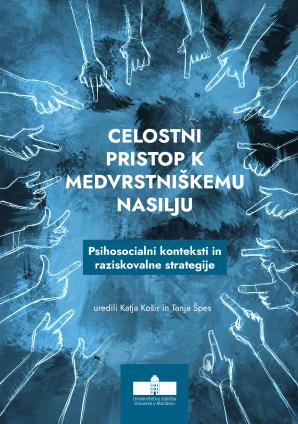Skupine učencev glede na izvajanje in/ali doživljanje medvrstniškega nasilja: vloga metode poročanja
Kratka vsebina
Izvajanje in doživljanje nasilja nista neodvisna konstrukta, zato so lahko mladostniki uvrščeni v različne skupine glede na stopnjo izvajanja in/ali doživljanja medvrstniškega nasilja, to so nasilneži, žrtve, nasilneži-žrtve in neudeleženi. Namen tega prispevka je na podlagi metod samoporočanja in/ali vrstniškega poročanja o izvajanju in doživljanju nasilja določiti skupine ter jih primerjati v posameznih značilnostih. Rezultati so pokazali, da samo z metodo samoporočanja ali vrstniškega poročanja ni ustrezno klasificirati udeležencev, kar kaže na ključno vlogo triangulacije pridobivanja podatkov pri raziskovanju medvrstniškega nasilja. Presenetljivo je bilo zaznati podobne razlike med skupinami, ki so bile identificirane z različnimi metodami. Predvsem nasilneži so tisti, ki so zaznani kot visoko priljubljeni, z visoko moralno nezavzetostjo in hkrati s pozitivnimi izbirami za druženje. Nasprotno velja za žrtve nasilja, ki poročajo o nizki opori vrstnikov in dobrih odnosih z učitelji. Nasilneži-žrtve so bili nekoliko bolj podobni nasilnežem kot žrtvam, vendar je bilo veliko odvisno od metode poročanja. Neudeleženi imajo višjo oporo vrstnikov in so zaznani kot prosocialni. Izsledki kažejo na to, da je nasilje učinkovit način za krepitev socialnega položaja in pridobivanje vrstniške opore, kar bi bilo treba reševati s spreminjanjem razrednih norm.







